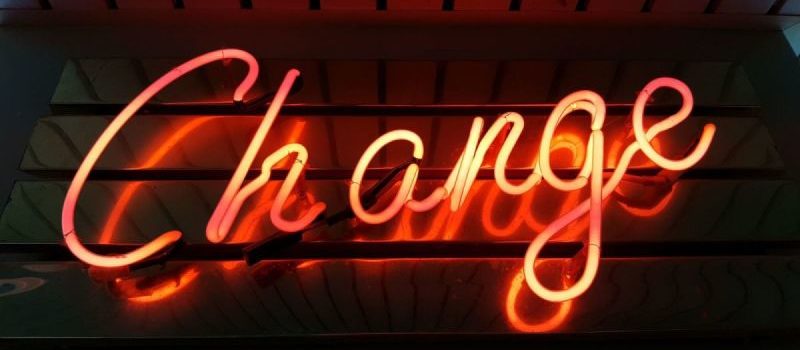Evolution Of Stock Markets

Evolution of Stock Exchanges: From Barter to Bourses
Stock Exchanges are a logical step for the economic systems, from the barter system of the prehistoric ages. We went from bartering with goods, to usage of currencies, to production of debt and other financial assets, and then to the establishment of exchanges.
The Birth of Stock Exchanges: A Dutch Legacy
The history of the stock exchange is immensely rich; however, one thing is clear; the stock exchanges that we know today owe their existence to a Dutch City named Brugge. Here, a family of traders, Van der Brugsters, operates accommodations for merchants. The said accommodations were favored by businessmen and so the word bourse, meaning an exchange, came to be.
Antwerp’s Pioneering Exchange
While the Dutch East Indies is the first issuer of shares that are publicly offered, a special building for trading of financial transactions were constructed long before that. It was in the Dutch city of Antwerp in 1531 where the first specialized building was established. Here, not only current commodities but expected commodities are being traded, which leads to a thriving market for speculating people, especially regarding futures.
Global Expansion and Diversification
Other nations have seen the economic stimulation given by stock exchanges and other chartered companies and thus started their own. It has ballooned to a point where there was an interesting evolution. Exchanges went from trading commodities primarily (like spices and wheat), to debt exchanges (government and agricultural bonds as what can be seen in Venice and France in the 1300s) to futures exchanges (where nobles and merchants exchange promissory notes about incoming harvests) to finally the stock exchanges where financial instruments representing assets and debt liabilities are being traded.
The Rise and Fall: Lessons from Market Bubbles
Stock exchanges have brought an increase in financial activity and an increase of available jobs. With those prosperity and blind optimism comes. Blind optimism then brought with it market bubbles. Market bubbles are arguably necessary to the history of stock exchanges; with the big bubbles, the excesses are seen and remedied while regulations and improvements were being added to ensure market efficiency.
Learning from History: Navigating Market Volatility
For instance, the Tulip Bubble in the Netherlands have taught that blind speculation would spell ruin while the South Sea Bubble of England shows the importance of fundamental analysis of said companies being invested in. Another interesting bubble can be found in the 2000s, with the dot-com bubble. Here, a great principle of investing, said by the sage of Omaha Warren Buffet, greatly applies. “Be greedy when others are fearful. Be fearful when others are greedy”. The dot-com bubble did just that, with stock indexes falling as much as 78%. This has led to more cautious portfolios investing in diversified areas.